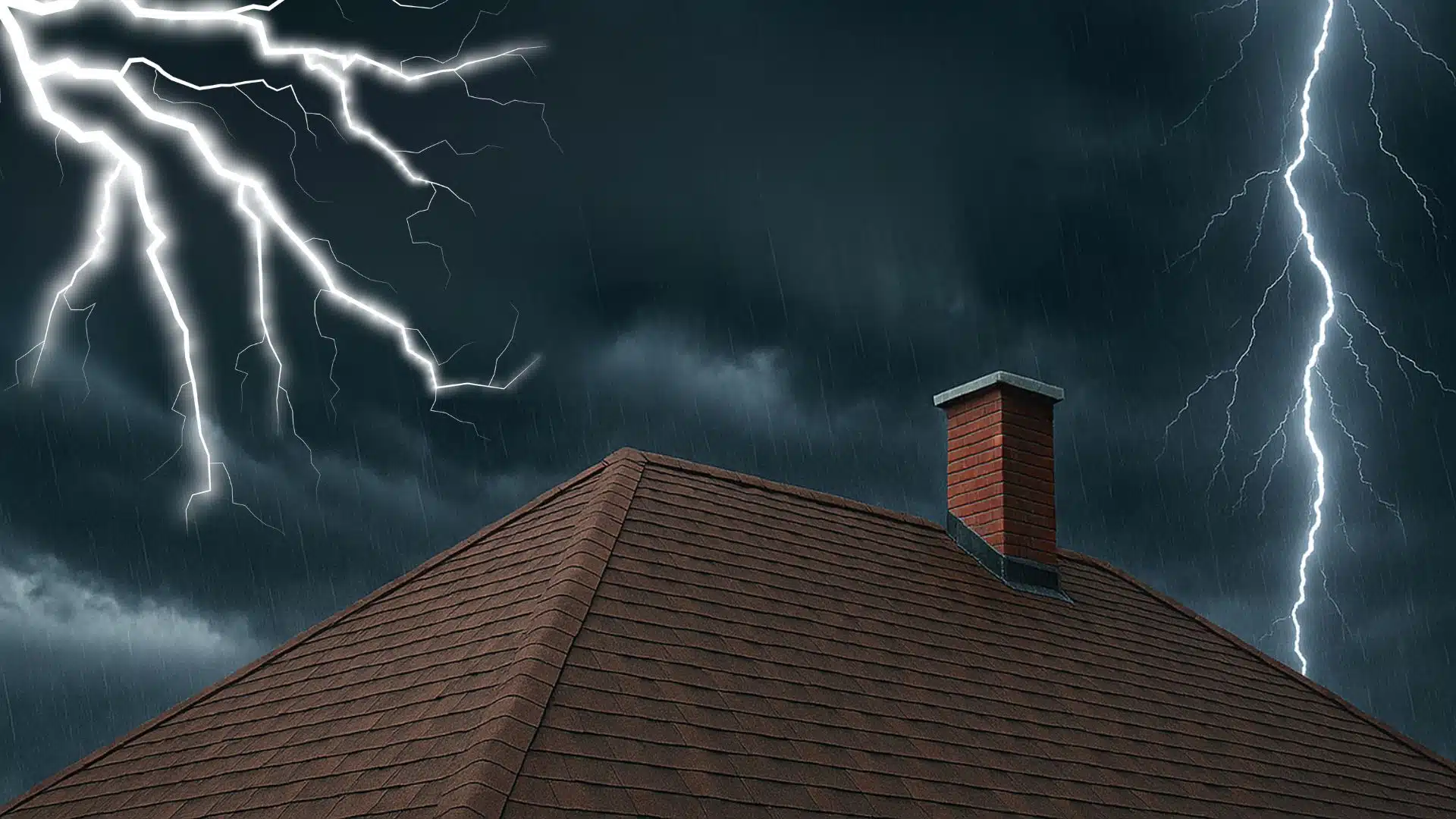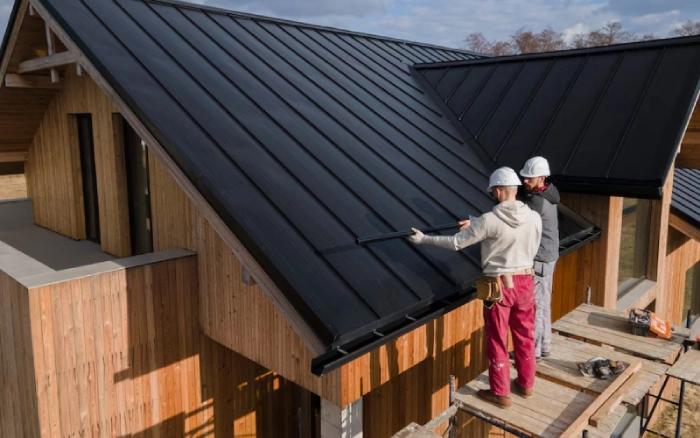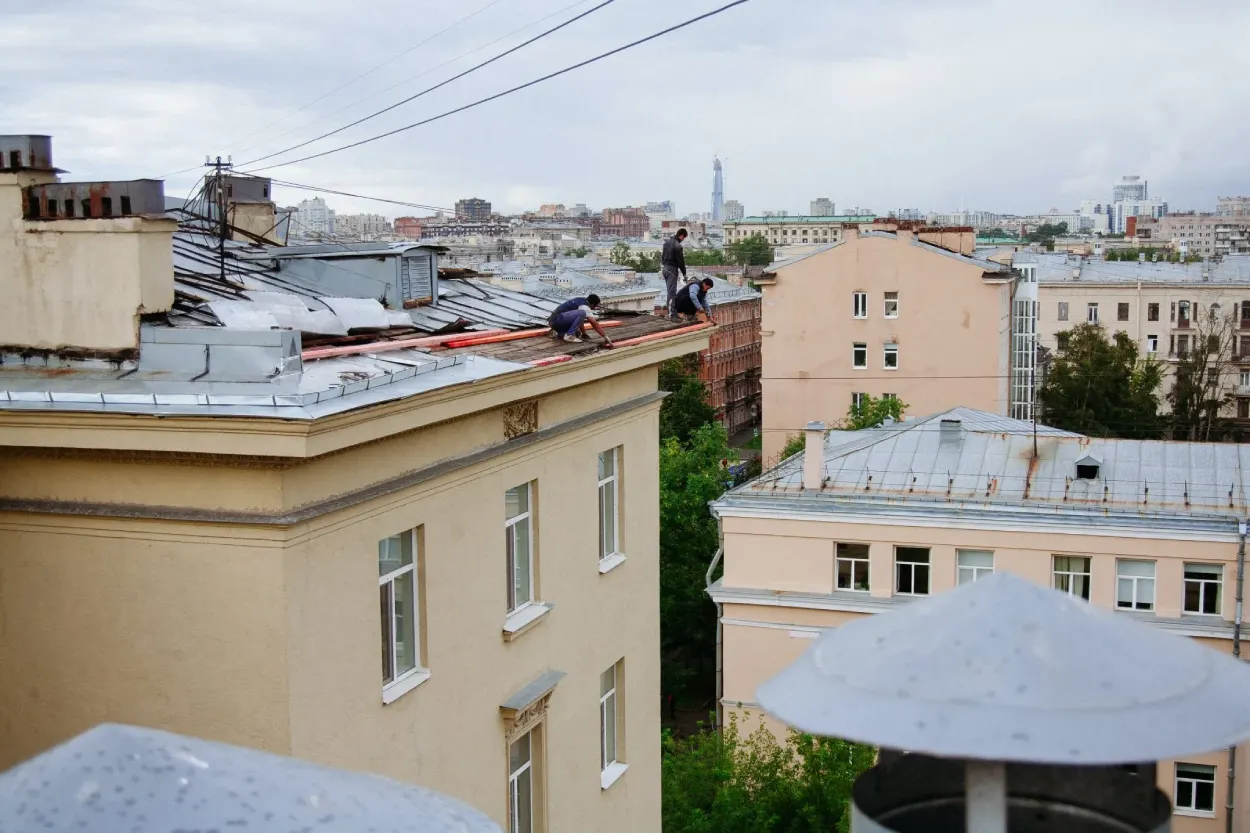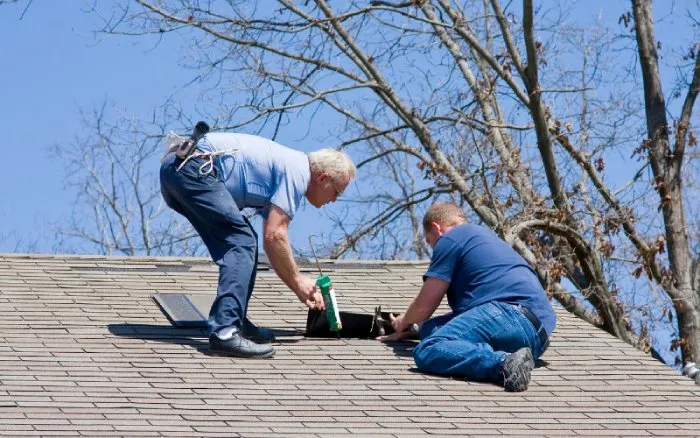Weatherproof or Weatherworn?
Severe storms aren’t just “a possibility”—they’re showing up like uninvited guests more often each year, slamming the Mississippi Gulf Coast with stronger winds, heavier rainfall, and rising repair costs. If your roof is the first line of defense, then its durability isn’t a luxury—it’s a necessity.
The good news? With a few intentional upgrades and targeted repairs, your roof can go from vulnerable to virtually storm-proof. We’re talking about materials that deflect hail, reinforcements that hold tight during hurricane gusts, and small tweaks that make a big difference when the rain won’t quit.
Whether you’re working with a seasoned roofing contractor Gulfport MS homeowners trust or searching for a roofer near me before the next weather alert rolls in, these proven solutions offer both peace of mind and long-term savings and answer the question, “ Are there specific upgrades or repairs that can improve my roof’s ability to handle severe storms?”
The Storm-Ready Arsenal: Roofing Material Upgrades
Fortified Roofing
Is a stronger, smarter roofing system designed to protect your home from the high winds, heavy rains, and hurricanes common along the MS Gulf Coast. Built to exceed standard building codes, a FORTIFIED Roof™ uses upgraded materials, reinforced edges, and sealed decks to dramatically reduce storm damage and lower insurance costs—giving homeowners more peace of mind and long-term savings.
Metal Roofing
When it comes to taking a punch from Mother Nature, metal roofs are the undisputed champion. These sleek panels can endure wind speeds up to 140 mph, resist corrosion for decades, and shrug off hail like it’s a drizzle. Their interlocking design prevents uplift, and they last 40–70 years with minimal upkeep.
Slate, Clay, and Synthetics
Natural slate and clay tiles offer beauty and brawn. Their weight helps them stay grounded in high winds, and modern synthetic versions mimic the look while lightening the load on older homes.
Impact-Resistant Shingles
Class 4-rated shingles are designed to resist cracks and tears caused by flying debris or hail. They’re often rubberized or reinforced with fiberglass for extra strength.
These materials aren’t just about protection—they can also increase your home’s value and insurance discounts when installed by a certified roofer near me.
Structural Fortification: Reinforcements That Matter
Truss Strengthening
Applying construction adhesive along truss edges and stiffening with 2x4s increases the roof’s ability to withstand uplift. It’s a DIY-friendly option with major impact.
Hurricane Tie-Downs
These metal connectors anchor the roof to the walls, preventing it from blowing away during hurricane-force winds. They’re especially critical in coastal homes.
Gable Bracing
Diagonal bracing at gable ends helps keep this vulnerable area from collapsing inward under wind pressure. Think of it as the scaffolding behind the scenes.
Fastener Upgrades
Swap out standard nails for ring-shank nails or screws with corrosion-resistant coatings. The added grip and durability pay off during any major storm.
For homes in Gulfport, working with a roofer Gulfport MS can ensure structural upgrades are done to local wind-code standards.
The Moisture Defense System: Water-Blocking Essentials
Upgraded Underlayment
Forget the old black felt. Modern synthetic underlayments add an extra waterproof layer beneath your shingles, keeping moisture out even if the roof covering is compromised.
Flashing Repairs & Caulking
Anywhere the roof meets a vertical wall—chimneys, skylights, dormers—needs clean, sealed flashing. Worn or unsealed flashing is an open door to water intrusion.
Gutter & Drainage TLC
Backed-up gutters spell disaster. Clean them regularly and check that water flows away from the foundation—not into your fascia or attic.
Ask a roofer near me to inspect for signs of hidden moisture and mold in these key areas.
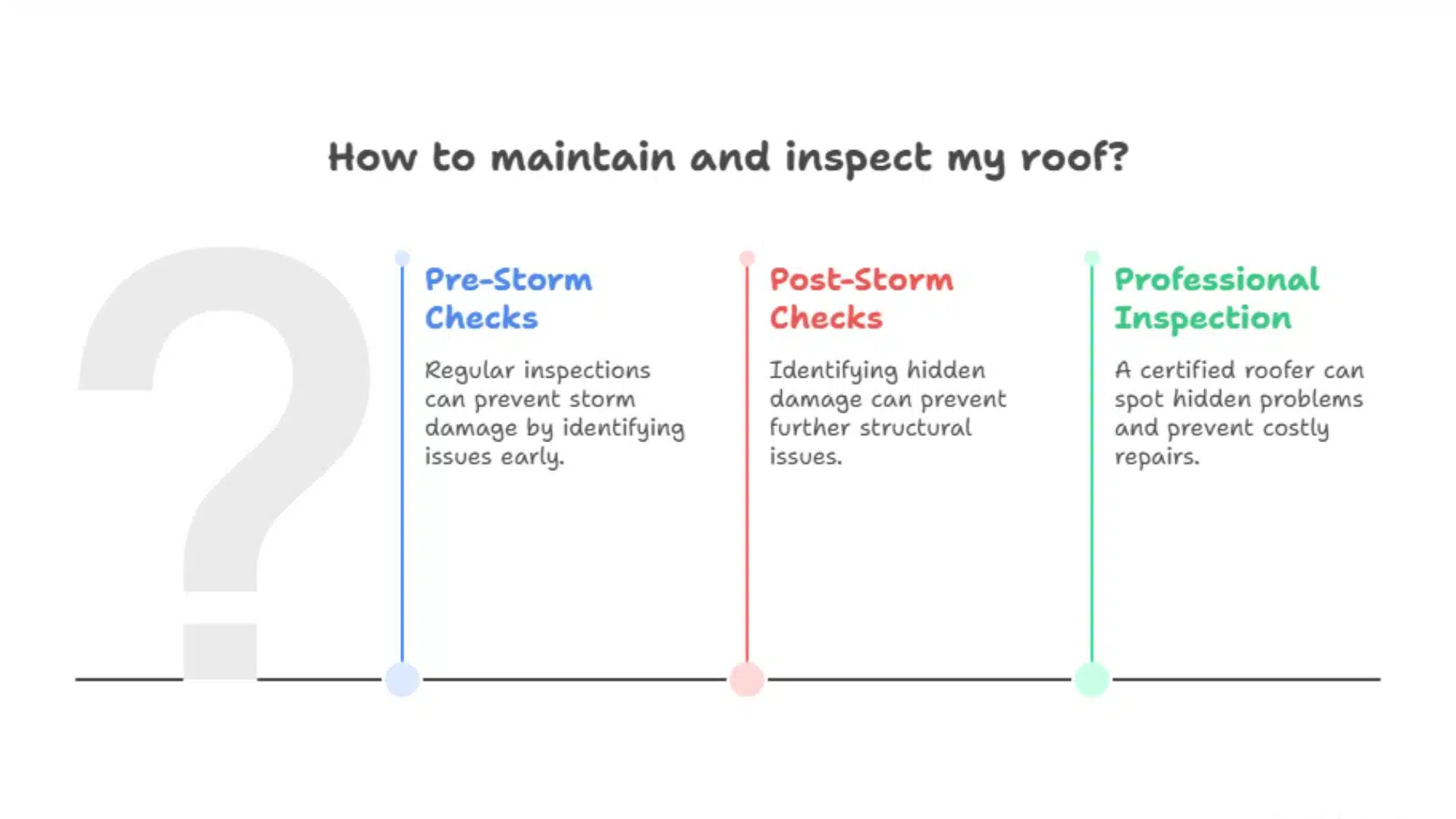
The Quiet Guardian: Routine Maintenance & Inspections
Pre-Storm Checks
Don’t wait for wind warnings. Regularly inspect for cracked or curling shingles, sagging gutters, and failing sealants—especially during storm season.
Post-Storm Structural Checks
Hidden damage can lurk beneath the surface. Water stains in your attic? Rust on fasteners? These are signs something deeper might be compromised.
Professional Eyes on the Roof
A certified roofer Gulfport MS can often spot what you can’t—saving you from costly future repairs.
Extra Credit: Preventative and Design-Based Upgrades
Ditch the Dead Weight
Unused satellite dishes or turbines? Remove them. They act like sails in the wind and create entry points for water.
Wind-Resistant Designs
Design matters. A hip roof (sloped on all sides) performs better in hurricanes than a gable roof. Certain angles and slopes naturally deflect wind.
Bracing Systems
For homes in hurricane-prone areas, additional bracing may be required to meet building codes. A local roofer Gulfport MS homeowners rely on will know what’s needed.
Installation Integrity: Why Who Installs It Matters
A roof is only as strong as its installer’s precision. Even the best materials can fail if improperly nailed, flashed, or aligned.
Think of it this way—would you rather fly with a licensed pilot or someone who just watched a YouTube tutorial?
Invest in certified professionals. A reputable roofing contractor Gulfport MS locals trust will install with precision, meet local codes, and provide warranties that protect your home and wallet.
Conclusion: A Storm-Ready Roof Is a Smart Investment
The right materials, reinforcements, and maintenance strategy can be the difference between a home that weathers the storm and one that becomes a cautionary tale.
Storm-proofing your roof isn’t just about today—it’s about protecting your home, family, and finances for years to come. Want to know where your roof stands? It starts with a call to a roofing contractor Gulfport MS homeowners rely on for trusted, integrity-first inspections and expert recommendations.
FAQ Section
1. What roofing material is best for hurricane-prone areas?
Metal roofing and impact-resistant shingles are top contenders due to their wind and hail resistance.
2. How do I know if my roof needs gable bracing?
If your home has a gable roof and is in a high-wind area, bracing is usually recommended. A roofer near me can assess the structure.
3. Is metal roofing too heavy for older homes?
Some types can be, but modern lightweight metal options exist. Structural reinforcements may be necessary.
4. How often should I schedule roof inspections?
Twice a year—once before storm season and once after major weather events.

